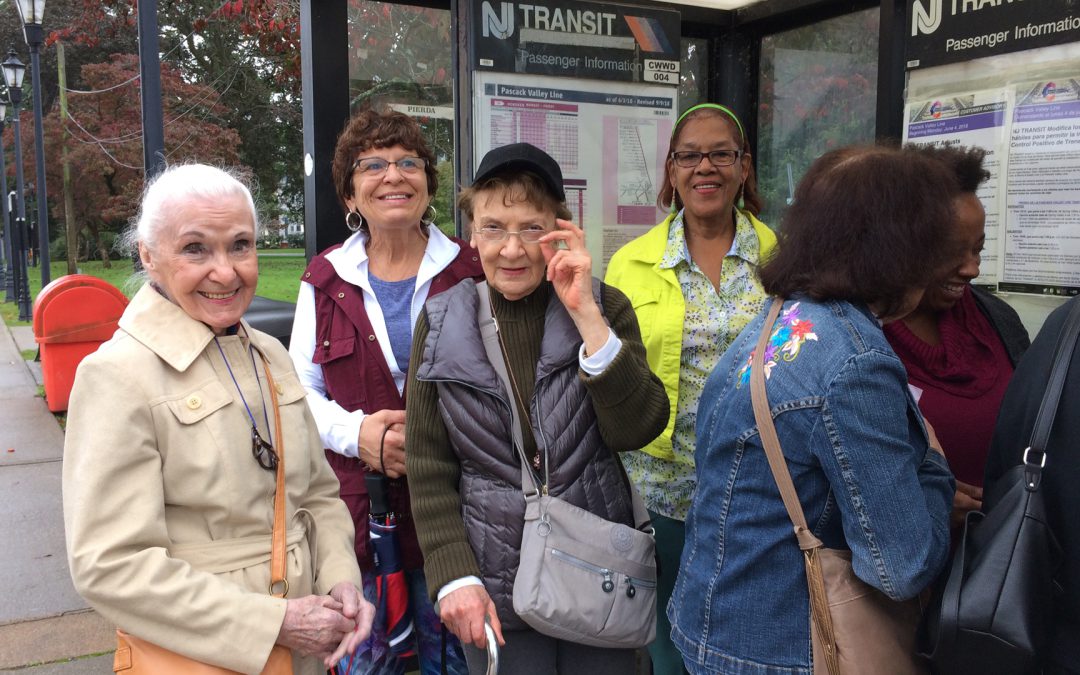NJTIP @ Rutgers provides travel training for people with disabilities and older adults focused on employment, vocational training, life enrichment or volunteer work.


NJTIP @ Rutgers provides travel training for people with disabilities and older adults focused on employment, vocational training, life enrichment or volunteer work.

Address significant gaps in public engagement guidance currently available to transit agencies seeking to use virtual tools and techniques to facilitate communication with the community, potential passengers, and current riders.

Participants work with a travel instructor who teaches safe travel skills using remote and virtual instruction, then by riding on the bus or train with the customer individually until they can travel confidently and independently.

This 3- day program introduces participants to accessible fixed route transportation and other mobility options, in New Jersey.
Induced travel elasticities associated with new road capacity are typically estimated for roads of higher functional classifications, such as interstate freeways and principal arterials. These are estimated as “own” elasticities, that is an increase in lane kilometers...
There is a growing perception that e-scooters are more dangerous than bicycles and e-bikes, with towns implementing measures to ban their usage. Yet, there is not much evidence from large scale surveys to substantiate this claim. Nearly 14,000 micromobility injuries...
We compare charging station accessibility for different income groups in the San Francisco Bay Area. Using a microsimulation model, we estimate charging station accessibility under varying battery range scenarios, assuming different income groups have vehicles with...
The New Jersey Micromobility Guide serves as a resource for micromobility users across the state, collecting and summarizing the laws and safety best practices that can make riders safer. Micromobility, which includes e-bikes, e-scooters, and other low-speed devices,...